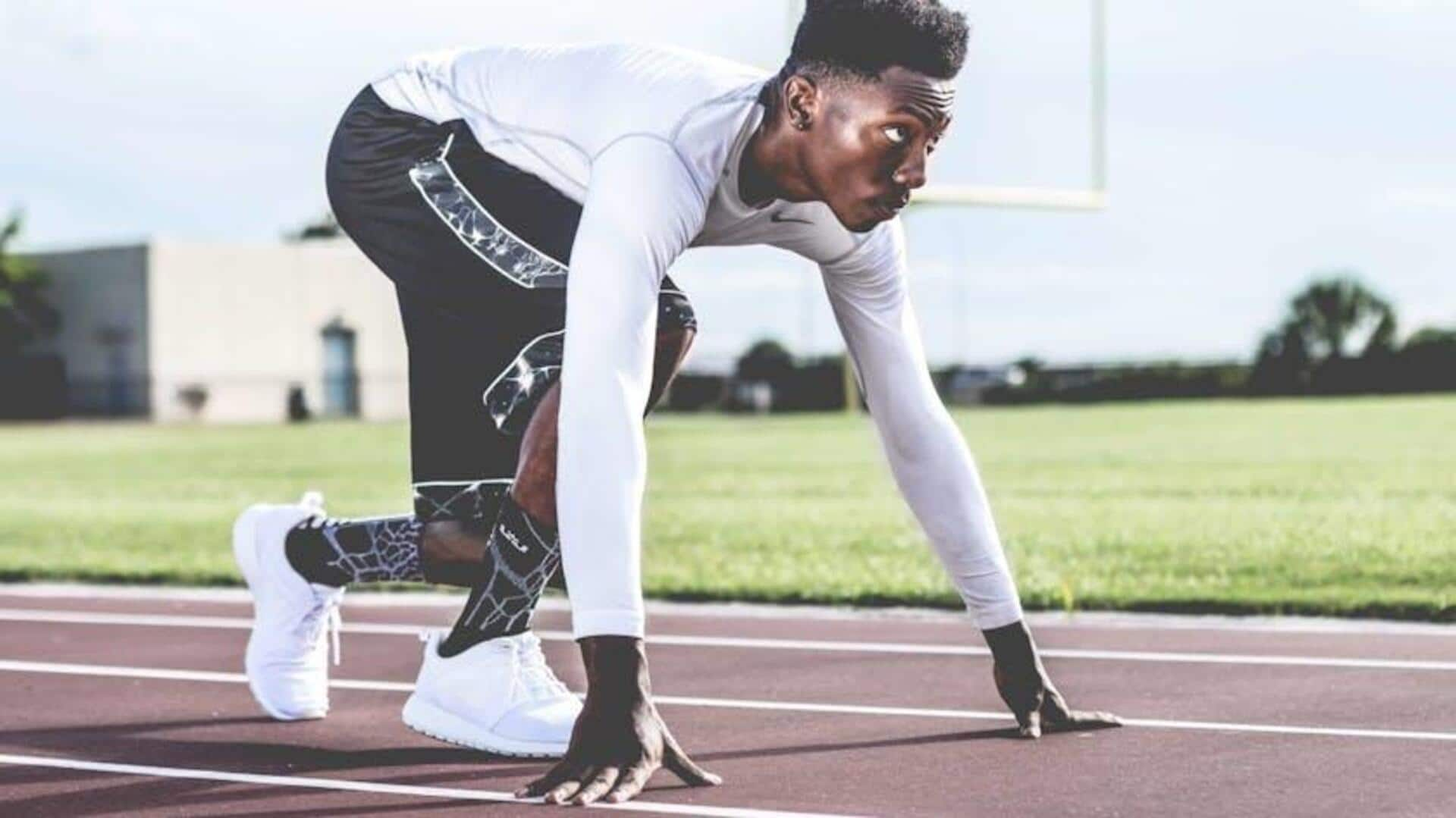
Enhancing sprint speed with African cheetah techniques
What's the story
This article takes a deep dive into the world of the African cheetah, the undisputed champion of speed, to find inspiration for improving human sprinting performance.
By studying and emulating the cheetah's movement, we can unlock powerful techniques to significantly boost our sprint speed.
Concentrates on actionable exercises and training regimens that closely replicate the natural strength and agility of this magnificent creature.
Acceleration
Mastering the art of acceleration
The key to sprinting faster is to first learn how to accelerate like a cheetah!
To improve your acceleration, do short sprints of 20 to 30 meters with emphasis on explosive starts.
Similar to how a cheetah uses its strong hind legs to propel itself forward, athletes need to focus on powerful leg drive and keeping a low body angle in the initial phase of the sprint.
Stride mechanics
Optimizing stride length and frequency
Cheetahs reach their incredible speeds by maximizing both stride length and frequency.
To apply this to human training, focus on exercises that build leg strength and flexibility like lunges and high-knee drills.
Plyometric exercises such as jump squats can also build explosive power, further enhancing stride length.
To work on stride frequency, incorporate quick leg turnover drills into your routine regularly.
Flexibility
Enhancing running economy through flexibility
A key factor in the cheetah's unmatched velocity is its incredible spine flexibility, allowing for extended strides during sprints.
Similarly, athletes looking to improve their running economy should incorporate dynamic stretching exercises into their routine to increase flexibility, especially in the hips, hamstrings, and back.
Practicing Yoga or Pilates can be particularly advantageous for developing a more flexible and efficient running form.
Core stability
Building core strength for stability
A cheetah's core stability is key to its ability to stay balanced at high speeds.
Likewise, you should focus on strengthening your core muscles with exercises like planks, Russian twists, and medicine ball throws.
A strong core helps you maintain proper posture during sprints and assists in transferring power efficiently throughout your body.
Adaptation
Learning from nature's best sprinters
Studying nature's fastest sprinters provides a blueprint for optimizing our own running techniques.
Emulating the African cheetah requires more than physical conditioning; it involves understanding and internalizing the biomechanics that contribute to their incredible speed.
Frequent video analysis of your sprints against elite athletes, or even analyzing slow-motion footage of cheetahs, can offer crucial feedback for technique refinement.